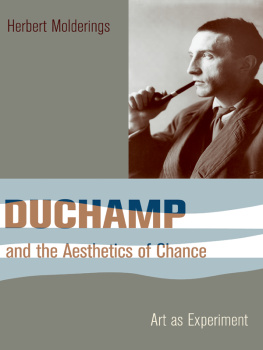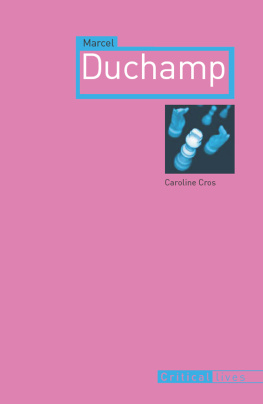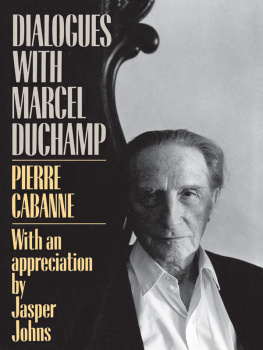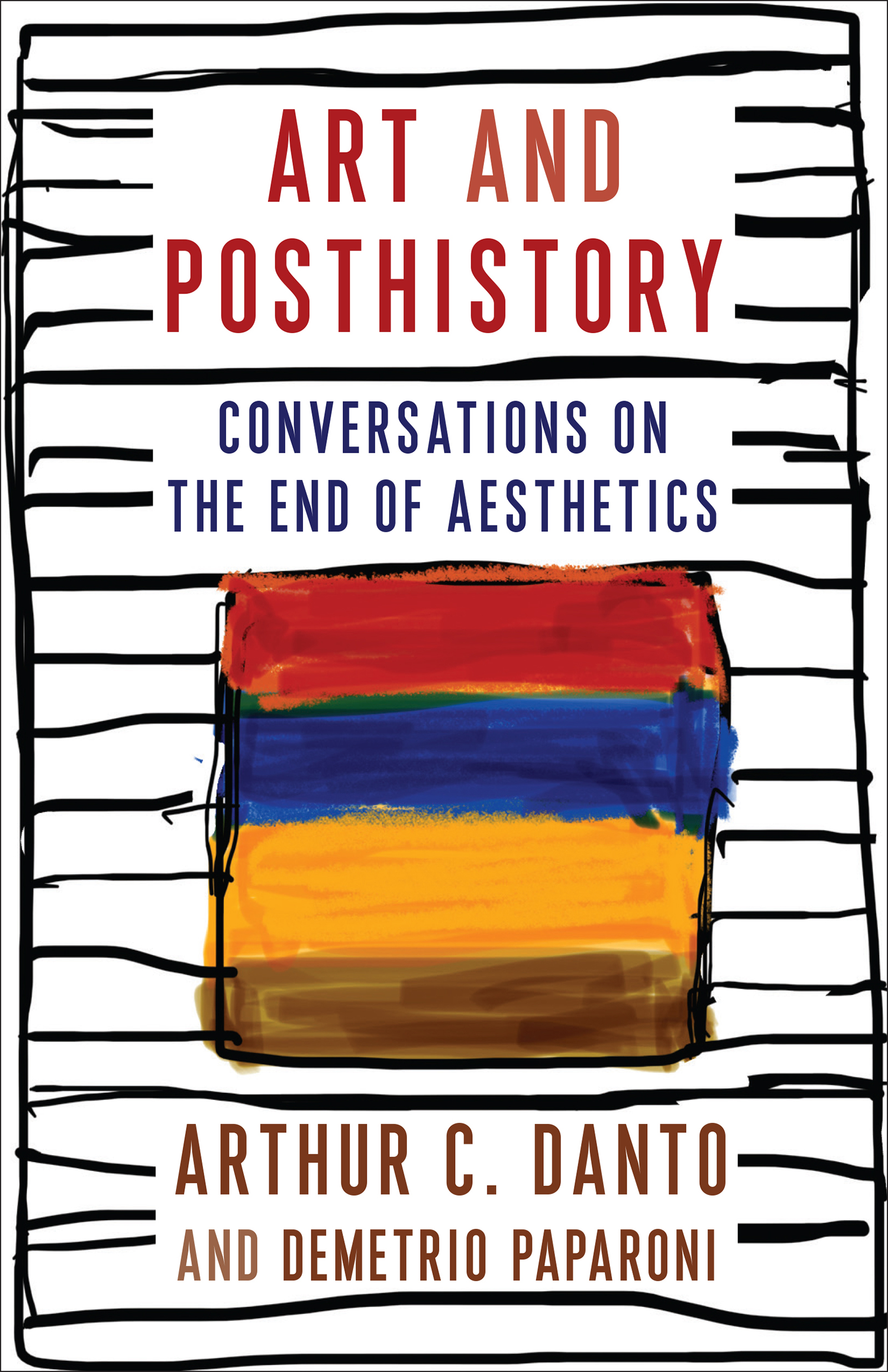Contents
Guide
Pagebreaks of the print version
ART AND POSTHISTORY
Columbia Themes in Philosophy, Social Criticism, and the Arts
Columbia Themes in Philosophy, Social Criticism, and the Arts
Lydia Goehr and Gregg M. Horowitz, Editors
Advisory Board
Carolyn Abbate
J. M. Bernstein
Eve Blau
T. J. Clark
John Hyman
Michael Kelly
Paul Kottman
In memoriam: Arthur C. Danto
Columbia Themes in Philosophy, Social Criticism, and the Arts presents monographs, essay collections, and short books on philosophy and aesthetic theory. It aims to publish books that show the ability of the arts to stimulate critical reflection on modern and contemporary social, political, and cultural life. Art is not now, if it ever was, a realm of human activity independent of the complex realities of social organization and change, political authority and antagonism, cultural domination and resistance. The possibilities of critical thought embedded in the arts are most fruitfully expressed when addressed to readers across the various fields of social and humanistic inquiry. The idea of philosophy in the series title ought to be understood, therefore, to embrace forms of discussion that begin where mere academic expertise exhausts itself; where the rules of social, political, and cultural practice are both affirmed and challenged; and where new thinking takes place. The series does not privilege any particular art, nor does it ask for the arts to be mutually isolated. The series encourages writing from the many fields of thoughtful and critical inquiry.
For a complete list of titles, see
ART AND POSTHISTORY
CONVERSATIONS ON THE END OF AESTHETICS
ARTHUR C. DANTO
AND DEMETRIO PAPARONI
FOREWORD BY BARRY SCHWABSKY
Columbia University Press
New York

Columbia University Press
Publishers Since 1893
New York Chichester, West Sussex
cup.columbia.edu
Translation copyright 2022 Columbia University Press
Arte e poststoria. Conversazioni sulla fine dellestetica e altro, Demetrio Paparoni & Arthur C. Danto 2020 Neri Pozza Editore, Vicenza
Published by special arrangement with Neri Pozza Editore in conjunction with their duly appointed agent MalaTesta Literary Agency and the co-agent 2 Seas Literary Agency
All rights reserved
E-ISBN 978-0-231-55569-2
Library of Congress Cataloging-in-Publication Data
Names: Danto, Arthur C., 19242013, author. | Paparoni, Demetrio, author. | Schwabsky, Barry, writer of foreword.
Title: Art and posthistory: conversations on the end of aesthetics / Arthur C. Danto and Demetrio Paparoni; foreword by Barry Schwabsky.
Description: New York: Columbia University Press, 2022. | Includes bibliographical references and index.
Identifiers: LCCN 2021043484 (print) | LCCN 2021043485 (ebook) | ISBN 9780231204767 (hardback) | ISBN 9780231204774 (trade paperback)
Subjects: LCSH: Aesthetics.
Classification: LCC N66 .D25 2022 (print) | LCC N66 (ebook) | DDC 701/.17dc23
LC record available at https://lccn.loc.gov/2021043484
LC ebook record available at https://lccn.loc.gov/2021043485
A Columbia University Press E-book.
CUP would be pleased to hear about your reading experience with this e-book at .
Cover image: Sean Scully
Cover design: Chang Jae Lee
CONTENTS
Barry Schwabsky
In 1964, says Arthur C. Danto, I published The Art World, and it changed the whole direction of aesthetics. Hes not bragging; what he says is true. Or at least its what, as an undergraduate philosophy major in the late 1970s, I was trained to believe. When I took a course on aesthetics, taught by the late L. Aryeh Kosman, who was a specialist in Greek philosophy, we did not start with Plato or Aristotle, or even with Kant or Hegel. We started with Danto on The Art World. That essay changed the course of philosophical aesthetics, as I later came to understand, because it had proposed a new problem, or rather a newly noticed problem, one that had always been lurking in the background without being noticed: how in the world do some human-made things get to be art, and others not? Danto proposed an answer, but thats less crucial. A new problem opens a door into new, sometimes vast spaces; a solution closes the door on familiar ones.
The problem Danto set himself to answer was a seemingly simple one: What distinguishes an art object from what he would later call mere real things? This had never been an issue for art theorists before the twentieth century because most things considered art appeared too little like other things for anyone to puzzle over the matter. Even when they functioned like workaday things, they still looked quite different; the golden saltcellar that Benvenuto Cellini sculpted for Francis I of France may really once have been used for the seasoning of the kings food, but it is self-evidently no ordinary piece of tableware, either in its materials or its workmanship.
By Dantos time, however, some artworks had come to revel in their ordinariness. A numeral painted by Jasper Johns was still a numeral, though also part of a painting, and a bed incorporated into one of Robert Rauschenbergs combine paintings was still a bed. And one of Andy Warhols Brillo boxes was indistinguishable, Danto claimedId have to disagree, but thats another essayfrom the one youd find in the supermarket. So what distinguishes the two? Dantos answer: a theory. It is the theory that takes [an object] up into the world of art, and keeps it from collapsing into the real object which it is.
Theres something right about this: One has to have a certain idea of art to recognize one of Warhols Brillo boxes as an artwork. But Id add: Thats not enough. To show why, let me give an anecdote: In 1989, one of my college friends, Tim Cone, a lawyer, purchased a work produced the year before by the then-up-and-coming artist Cady Noland. Its title was This piece doesnt have a title yet, but later the title was changed to Fizzle. In any case, Tim decided to throw a cocktail party to show off his new possession, which consisted, as I remember, of a metal milk crate filled with seemingly random junkempty beer cans, the rearview mirror of a car, a lock and chain, and so on. I was fascinated to see how, as Tims lawyer friends came in and he asked them, What do you think of the new artwork?, they couldnt see it; they didnt know where to look. Certainly that strange little agglomeration of debris, which might have looked like something he hadnt had a chance to bring down to his buildings trash room amidst all the preparations for the party, did not look like it. And yet of course it was. This was my own personal equivalent to Dantos encounter decades earlier with the Brillo box. But I drew a different conclusion, perhaps because although I had the ideayou can glorify it as a theory if you likethat a Brillo box or a crate full of junk could be art, I didnt have a theory of why. Or perhaps I had no theory at all, but only a feelinga strong feeling, and for that matter a stronger one than when I had previously seen a work by Noland in an art gallery.
But even without a theory of why a given object, in this case ascribed to Cady Noland, was a work of art, I did think I had an idea of how, in any case, it had happened. It has something to do with the artist, Andy Warhol, and his studio, dubbed the Factory, where the silk-screening was done. If someone says its art, its arta statement attributed to Warhols contemporary, Donald Juddis not a theory but, really, a recommendation as to how to approach a situation of doubt. Warhols say-so may not in itself settle the question of his works art status, but its where our examination of the case should begin. He thought it would be fun to make replica Brillo boxes as art, and many people, when they gave the idea a chance, found that it made sense, that it was rewarding to accept these things as art and consider the consequences. Now its true that Michelangelo or even Manet could not have had this idea, and not only because there was no Brillo in their time; it might even be the case that those men had theories of art that would have forbidden such a possibility. But Warhol did not need a new theory to make his Brillo boxes; he had only to ignore the old ones.










